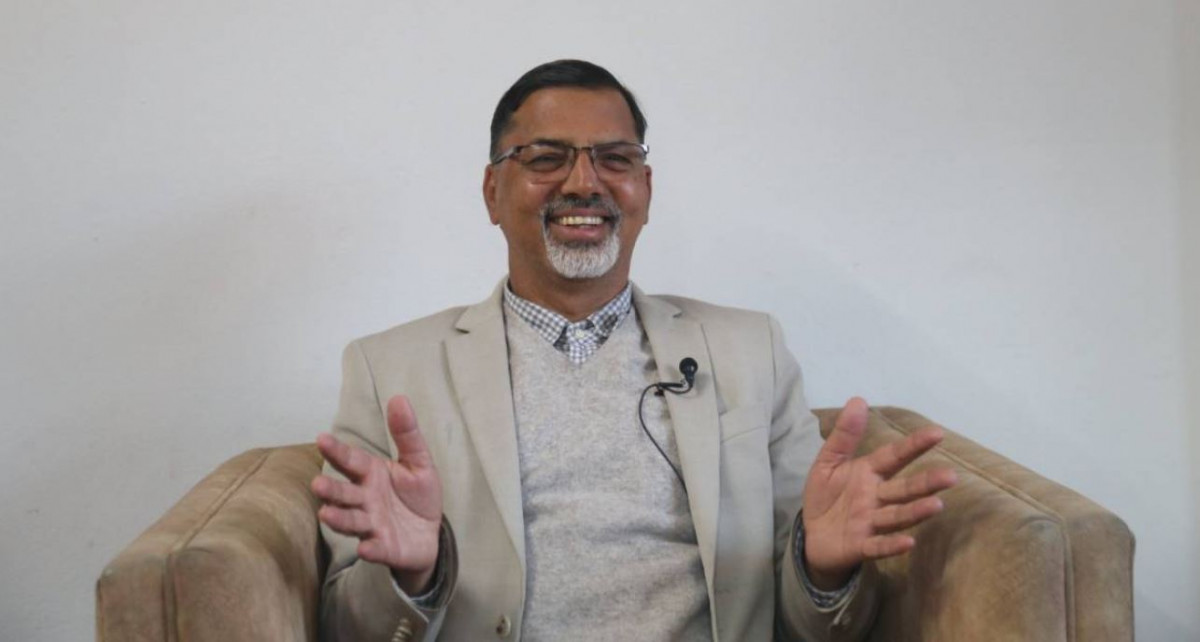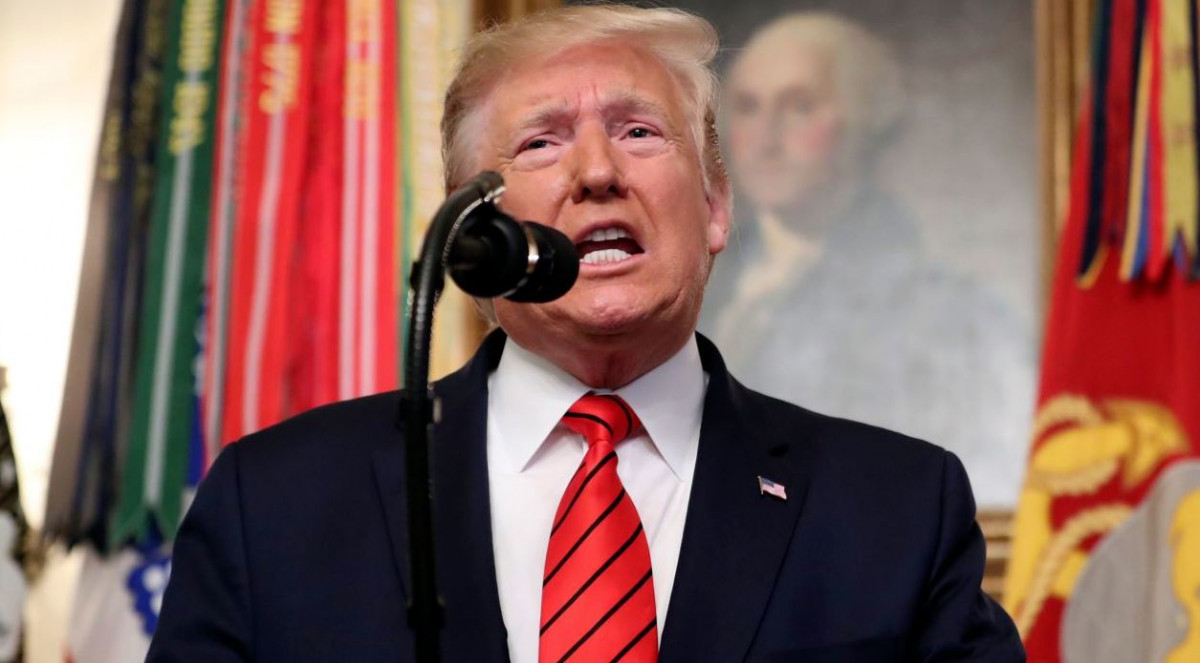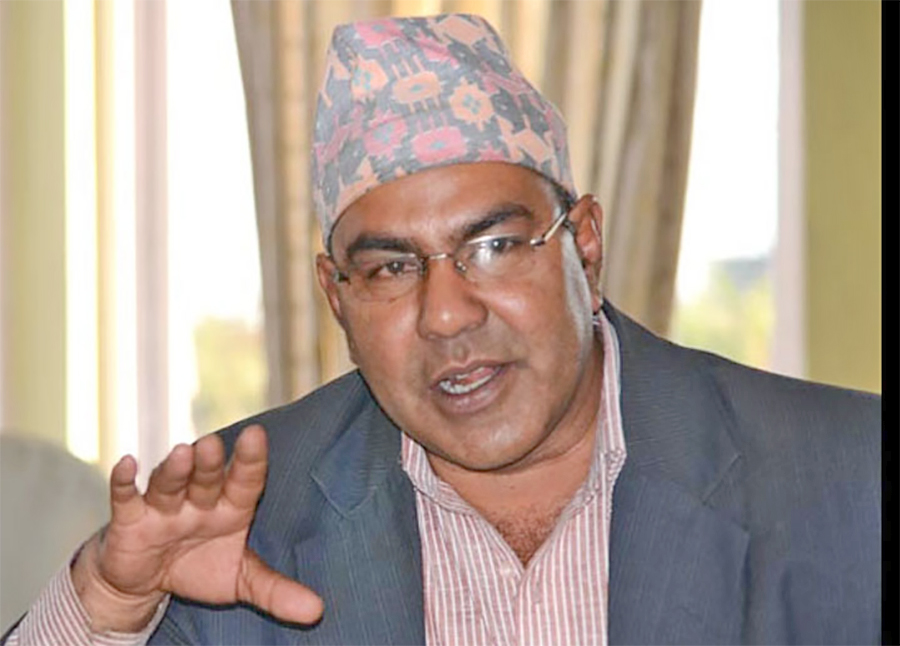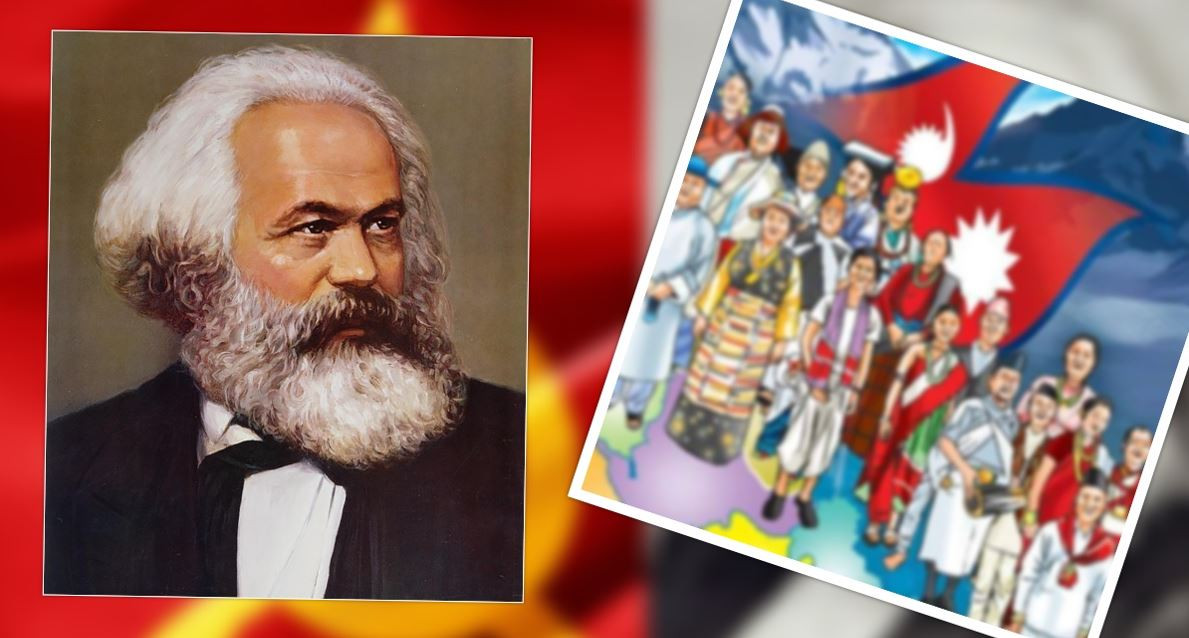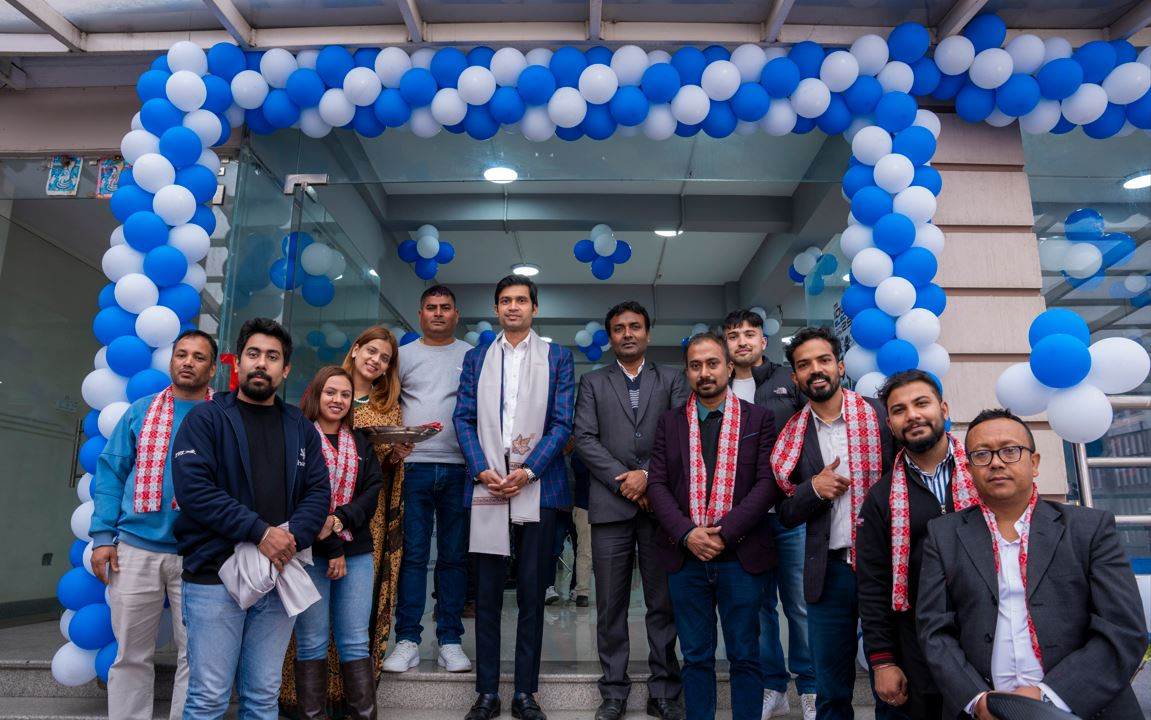[ Critiques of the Linear Teleological Vision of History and Societal Progress]
Indigenous peoples’ movements all over the world have not only influenced anthropology, as a science of culture and humanity, but have also equally influenced the definitions and histories of societies. As a consequence of the indigenous peoples’ movements for cultural equality and claiming of their rights, the perspective that human societies and cultures inevitably pass through linear stages of progress is no longer popular. In this regard Arif Dirlik et al write: "It is precisely the models earlier imported from Europe—Marxism, a belief in progress and modernity, a commitment to revolution as forward-looking, linear, developmentalist transformation—that are now in doubt” (Dirlik, Bahl, and Gran 2000:192).
Dirlik et al locate the problem within the model of “linear progress and modernity” while Terence Turner argues that modernity is conceived by indigenous peoples differently from those of the dominant groups who represent state:
"Modernity is now conceived as a world of contemporaneous culturally different groups sharing national spaces, the latter comprising socially differentiated places rather than places occupied by homogeneously assimilated members of a nation.
Nepal’s adivasi-janajatis’ political claims of their unique histories suggest that the histories of hitherto ruled and marginalized groups are no less authentic than those of the rulers. Nowadays the growing adivasi-janajati movements talk and claim of their own collective history and this is as much valid as the Hindu aryan history. Adivasi-janajatis identity movements that are founded on claiming the ownership of history and territory corroborate all the different histories in Nepal and should be considered equally valid. The state should officially recognize all the different cultures of the country as equal before the constitution and other laws.
Marxian Notion of Production
The Marxian notion of production and analysis of value as fundamentally important for applying towards understanding human activities, including indigenous peoples’ movements an activities:
Indigenous societies are different from non-indigenous or settler societies not only in relation to their cultural traits, feasts and festivals but their fundamental productive regimes and relations are different. Analysis of which would be possible from none other than Marxian theory of value and production (Turner 2008:43).
I find Turner’s statements on Marxian notions of production and value useful to look into for the people-territory relationships for my study of history as an inspiration for political activism. I also find the notion of production directly linked to human activities, which reproduce social-cultural relationships and society itself.
Marxism and History as a Capacity for the Production of Social Reality and Society
Marxism has been questioned particularly for Marx's theoretical statements on the evolutionary stages of societal transformation, namely ancient communism, slavery, feudalism, capitalism, and socialism. Taking on Lewis Morgan's classification of social evolution as moving from savagery through barbarism and then to civilization (Morgan 1877), Marx and Engels argued that societies pass through such linear stages of societal transformation, from simple and less advanced to more complex and advanced stages. Because of Marxism's "preoccupation with economic exploitation and the question of economic class, [it] has been blind to problems of oppression and exploitation that have their sources outside of a narrowly conceived economic organization under capitalism" (Dirlik 1994:3–4). Marx’s analysis on how human beings collectively make and remake their history themselves is profound and fundamental for understanding today’s identity politics in relation to history and territory.
In German Ideology, Marx and Engels (1963) define history on a social basis. Human beings must involve themselves in the production process to fulfill their own needs. History begins as soon as humans enter into concrete relations of material production. Terrence Turner succinctly summarizes Marx’s idea of production:
[Marx and Engels] described production as self transforming social praxis that consists of four main aspects ('moments'): the production of means of material subsistence, including tools and techniques; the production of needs, which give rise to new social relations; the production of human beings themselves…and the production of the different relations of social cooperation involved as 'productive force' in their own right as part of each historical mode of production (Turner, 2008:44-45).
Marx’s conclusion is that history is a result of the imagination and drudgery of human beings. Furthermore, "history is rooted in a consciousness of creative agency as a property of contemporary social actors…It is not primarily defined as a form of awareness of the past but mode of consciousness of the social present" (Turner, 1988: 47). In a country like Nepal, scholars and politicians alike still seem to hold that history is a gift given to the peoples by the rulers, or by the Kings. For example, King P. N. Shah “unified” Nepal, hence he could be said to have left behind the “gift of unification” of Nepal for Nepalis. This is a history too but this is not the only history of Nepal. Different societies, peoples, and cultural groups are equally capable of making and remaking their own history through their collective imaginations and actions.
In Nepal, adivasi-janajatis have practically started to debunk the understanding that history is made and given by the rulers. The colonial imagination of history, protected and disseminated by the ruling castes and dominant Nepali political parties, has been challenged by the adivasi-janajatis imagination and activism of their own histories in defending their that-thalo (territory). Ethnographic studies on the Tamang (Tamang, 2008), Dhimal (Rai, 2013), and the Limbu’s ongoing movements on identity politics for the recognition of their unique history vis-à-vis the Gorkha conquest have vigorously challenged received understandings of the history of Nepal.
One can observe adivasi-janajatis invoking their historical as well as territorial “identities in opposition to such hegemonic construction” (Dirlik 1997:13) of mono-cultural pan Nepali identity. In present day world politics, "indigenous peoples take on their past as legacy and [as a] project for construction of cultural nationalism, ethnicity and indigenism" (Dirlik 1996:1).
Marx's statements about the relationship between history, society and individual imagination is illuminating:
Men make their own history, but they do not make it just as they please; they do not make it under circumstances chosen by themselves, but under circumstances directly encountered, given and transmitted from the past. The tradition of all the dead generations weighs like a nightmare on the brain of the living (Marx 1964:15).
For indigenous people, history is not only produced by themselves but the same product, in turn, produces active and conscious subjects, aware of their collective identity based on their history and territory—itihas ra that-thalo.
History as a Resource in the Production of Identity Politics
Maurice Godelier says "Marxism is not a theory of production [of goods and services]. It is a theory of production of society, not a theory of production in society" (Godelier, 1984:44). For indigenous peoples, land may be both means and relations of production. This is because people not only produce goods and services from the land but it is also territory and space where the whole of human society is sociologically made possible. To paraphrase Marx, as men and women involve themselves in productive activities to fulfill their own social and biological needs they simultaneously reproduce themselves and their society.
David Graeber succinctly paraphrases what Marx says in The German Ideology: "Capitalism and 'economic science' might confuse us into thinking that the ultimate goal of society is simply the increase of national GDP, the production of more and more wealth, but in reality wealth has no meaning except as a medium for the growth and self-realization of human beings" (Graeber, 2006:70). For Marx, "productive activity was the basis of all human societies” (Turner, 2004). In this regard, indigenous societies may be viewed as having capacity to produce and reproduce the forms of their own social relations.
Back in the 1980s, reviewing Michael Taussig's book The Devil and Commodity Fetishism, Turner wrote "Marxist anthropologists would do better to start from Marx' s and Engels' programmatic 'anthropological' definition of production in The German Ideology, in which production is said to comprehend, not merely the production of the means of subsistence, but of human beings and families, social relations of cooperation, and new needs as well" (Turner 1986:92). Having mentioned this, suffice it to say that Marx's notion of production as a totality shall serve as a guideline for anthropologists to undertake their subject, i.e. culture as a whole. Yet, the conception of "production' must be coupled with an emphasis on the importance of reproduction… of the social forms and forces of production"(Turner, 1986:93).
Theory of Mode of Production and Indigenous Societies
The consolidation of the Gorkha Hindu state, mostly during the second half of the 18th century, also meant incorporation of other means and relations of economic, cultural, social productions into the dominant Hindu caste-based relations of production. Godelier has suggested looking into the Indian caste system from the Marxian concept of mode of production. Criticizing Louis Dumont, Godelier argued that the Indian caste system was a specific "relation of production". He writes:
"The caste system is not only what we call religious structure; it is, from the inside, the relations of production. I have offered Louis Dumont an alternative hypothesis, explaining that perhaps this is the case because the relations of production are dominant in the mind and in the social logic of Indian society" (Godelier 1984:39).
Godelier’s statement above is helpful to summarize the past relationships between the Hindu Gorkha State and Limbuwan. Limbus as an autonomous and autochthonous society had their particular means and relations of production including communal land ownership, which may be termed an indigenous mode of production. The Gorkha Hindu State, having annexed Limbuwan into its domain, also transformed Limbuwan’s economic mode of production so as to benefit the Hindu state. For example, Limbu collective land ownership was abolished and individual land ownership was introduced. Non-aryan, non-Hindu, non-caste Limbus were also incorporated under the Hindu four-fold caste classification, thereby assigning them with matawali caste category.
This is how Limbu modes and relations of productions were transformed to suit the interest of the Hindu caste relations of production. Such a comparison between the mode of production models seems valid and well explained, to some extent, but this approach does not allow us to study Limbu society as comprised of a whole or in terms of the totality of its own relations of production. Nepali politicians as well as social scientists, particularly from a Marxist background, fashionably categorize Nepali society as a semi-feudal society, now gradually transforming into a capitalist society. It is not very sensible in anthropology to try and classify a state or ‘state-nation’ as a single society or a single mode of production (MoP).
While saying this, I am not arguing that indigenous MoPs are idealistically egalitarian modes where exploitation, expropriation and appropriation of value do not occur at all. Of course relations of exploitation and appropriation characterize even indigenous societies. As Marx says: every society possesses the seed of its own destruction and transformation. Hence, another topic of studying indigenous societies would be to look into the social forms of exploitation within such societies and their relationships to other societies, including the state.
Marxian Notion and Practice of History and Indigenous Peoples’ Movement
Ancestral history in relation to defending territory [that-thalo] is central to Limbu identity politics. Hobsbawm writes: “All human being are conscious of the past… by virtue of living with people older than themselves” (Hobsbawm 1997:10). Similarly, Michel-Rolph Trouillet writes: “Human beings participate in history both as actors and as narrators” (Trouillot 1995:2). In this way the Limbus are conscious of the history of their ancestors who fought the Gorkhali Hindu invaders to defend their that-thalo. The Limbus relationships to their own past is not a soliloquized boasting about themselves but a dialogic one involving the other invaders. Limbu identity is produced in relation to the wars that their ancestors fought to defend their territory.
Godelier states “identity is always a product of a particular history” (2009: 12). He even argues that "[a]n anthropologist who knows nothing about history, or shows no interest in learning about it, cannot fully discharge his or her professional, ethical, and political responsibilities" (2009: 37). If we look into the history of Nepal, the rulers and ruling caste groups have written an aryan-centric history of Nepal.
In this regards, George Orwell’s point is spot on: "Who controls the past...controls the future: who controls the present controls the past" (Orwell 1961:56). The Limbus, in their political activities, seem to be aware of this fact as they want to control their own present with reference to the past wars that they fought before. In this regard Howard Zinn’s statement is also illuminating “those people who control … the mass media, government, educational system, the text book publishers, are determining our future unless we break away from that” (Zinn 2013).
Kirat Civilization and Kirat Ruling History
Notwithstanding the unavailability of the “historic” documents, present day adivasi-janajati politicians in Nepal harken back to the Kirat dynasty as their ancestral dynasty. Particularly Rai Kirati scholars and politicians both proudly associate the present day Rai Kirati population as the direct descendants of the ancient Kirat dynasty. I. S. Chemjong contributed in writing the history of non-Aryan civilizations and their kingdoms across the Himalayan foothills that existed prior to any other ruling dynasties in Nepal.
This narrative is invoked currently in adivasi-janajati identity politics in general and in the politics of the Kirat province in particular (Kirati 2016). Because of the domination of the Indo-aryan language group - namely Sanskrit and Khas-Nepali languages – which was used as the basis of writing history by the historians primarily with an aryan racial background, the adivasi-janajati non-aryan asura groups could only count on being mentioned briefly by the aryan historians. They would be happy to find their ancestor’s stories included in mainstream history, if only in passing.
Ancestral Heroics and War Accounts as the Resource for Political Organization and Social Movements
The aryan Hindu kingdom of Nepal succeeded and thrived on conquest and colonial exploitation of non-aryan adivasi peoples. Conquest and colonization of the Tamang, (Holmberg 2006; Tamang 2008), Kirat Rais and Limbus (English 1982; Pradhan 1991; Chemjong 1952; Chemjong 2055; Baral 2012; Nembang 1987) are some examples documented by various scholars. These scholars have documented how Tamangs, Kirat Rais, and the Limbus resisted the conquerors with bravery to defend their society and territory (that-thalo).
A new trend in Nepali politics in general and particularly in identity politics is emerging. Recently adivasi-janajati politicians have started invoking their ancestral history in order to politically motivate and organize their own people. Gopal Kirati, one of the apex leaders of Communist Party Maoist Center, argues that “historical and collective community identity should be the basis of the formation of the Kirat state through which the federality can be extended as a political strategy”. He states that five historically epochal events occurred in the history of Kirati people as glorious events, which shall inspire Kirati people forever:
One can see a difference in understanding and claiming history between aryan and non-aryan scholars and politicians alike as it may be understood from the “ five glorious historical epochs” as depicted by Gopal Kirati in his pamphlet. Gopal Kirati, an adivasi Maoist, seems to have understood Kirati ancestral history both from the ruling as well as resistance perspective.
In addition, his influential invoking of the Kirati resistance to the Gorkha conquest further inspires present day Kirati youths to fight for their rights to guarantee the Kirat state in the constitution of Nepal. Gopal Kirati’s take on Kirati history as a political resource for mobilizing the Kirati youth is a testimony to speak about how Nepal’s adivasi-janajati are in the process of organizing themselves politically in reference to their ancestral history.
Account of the Gorkha versus Limbuwan War
Brian H. Hodgson, a British colonial administrator stationed in Nepal for more than two decades (1823-1845), first as an assistant resident representative and later as the British Empire’s resident representative to Nepal. Hodgson wrote widely on different topics during his stay in Nepal, and later on in Darjeeling after retirement.
A great amount of information he collected was never published and those manuscript collections are at the India Office Library in the British Library in London. Hodgson’s manuscript on the Limbu-Gorkha war (1770s), written in Limbu language and script by Jovan Singh Fago, is now accessible to interested scholars. But it was R K Sprigg, a British linguist primarily interested in the Lepcha language, who met with the Kirat historian I. S. Chemjong in the 1950s and handed him the copies of those manuscripts and other books written in Limbu language and script during the mid-nineteenth century (Subba 1999, foreword by R.K. Sprigg). Bairagi Kaila, an acclaimed Nepali litterateur and Limbu scholar visited the India Office Library, London in 2005 to read different volumes including the description of the Gorkha-Limbuwan War.
He brought back to Nepal the photocopies of those manuscripts written by Jovan Singh Fago and handed them to Kirat Yakthung Chumlung thereby making the copies of such an important historical document available in Nepal too. In this regard, Jovan Singh Fago is considered to be the first Limbu historian who described the Gorkha-Limbuwan war and handed in his description to Hodgson in the 19th century.
How the Gorkha Force Deceived the Limbu force
Kirat Historian I.S. Chemjong describes how the Limbu commander Kangsore was killed by the Gorkha soldiers through cheating.
History is conventionally understood to be the interpretation of the recorded past and written records. But history is also enlivened by the memories, tales, and, most importantly, is produced and reproduced by peoples’ spectacular movements and activities. Historically documented events or even the memories and myths are enacted and resurrected; people are organized and motivated for concrete movements and actions, thereby further reproducing political values and relationships.
In fact this is their history, through these actions they are producing the social relationships that Limbu society is historically a different society and that their history is in no way inferior or superior than that of the rulers history. Therefore, one can see them through their political activities, believing in the difference and their demands that ‘difference’ must be constitutionally recognized as having an equal share, at a cultural level, in broader Nepalese politics.
Reading Dead History versus Observing Live History
Reading the history of Nepal made by Kings and Rana rulers is like reading bed-time stories. On the other hand, observing the enactments of the past through social movements and political organizations is authentic and fascinating. Nepali historians writing the history of aryan civilization and Hindu rule in Nepal mention the Kirat ruling dynasty as being in the age of “darkness” because no written documents or scriptures whatsoever are available to shed light on the Kirat dynasty. However the Kirat dynasty is documented to have ruled over Nepal for 32 generations. The point is that the non-aryan Kirat dynasty did not remain in darkness in the eyes and minds of the Kirat adivasi-janajatis. It may be true that the Sanskrit language might not have entered into Nepal valley until the Lichhavi dynasty displaced the Kirats. Kirats were non-aryan, non-Hindu, non-Sanskrit lingual groups.
This may be the reason that they did not leave traces of written documents showing their rule in Nepal.
Although the Kirat dynasty may not have left behind written traces of their rule, present day Kirat Rai and Limbus are constructing absolutely spectacular visual images of their ancestors. One can find the first Kirat King Yalambar’s statue in different places in Limbuwan and Kirat areas. One can see such images printed in journals, calendars, invitation cards, and essays commemorating Yalambar as the first king of the first ruling dynasty of Nepal. On this basis, it is further claimed by the Kirat Rais that the Kirat province be declared on the basis of this historical fact. Furthermore, Kirat Rai and Limbu have also started yele tangbe (yele era) calendar, which is named after King Yalambar’s name and reign.
The Yele era’s new year falls on Magh 1st (the 10th month of the Nepali calendar, in the late second or early third week of January of CE calendar), which is widely celebrated among the Rais, Limbus, Yakhas and Dhimals, the four groups considering themselves as being part of the ancient Kirat confederacy in Nepal.
This is how the past is resurrected and enlivened in the everyday political lives of Limbuwan. The Kirat dynasty, which is otherwise said to have remained in “darkness” in the eyes of dominant historians, is alive and vibrant through the adivasi-janajati imagination of their ancestral past and in concrete, observable activities. This demonstrate that the understanding and imagination of history has shifted from textbook readings towards productive actions and performances, which might be called claims for equal recognition of every society’s collective identity before the constitution. History is a source from which identity politics also emanates.
Conclusions
In “The 18th Brumaire of Louis Bonaparte (1959, 318-49; original, 1852), Marx writes:
The tradition of all the dead generations weighs like a nightmare on the brain of the living. And just when they seem engaged in revolutionizing themselves and things, in creating something entirely new, precisely in such epochs of revolutionary crisis they anxiously conjure up the spirits of the past to their service and borrow from them names, battle slogans and costumes in order to present the new scene of world history in this time-honoured disguise and this borrowed language… The awakening of the dead in those revolutions therefore served the purpose of glorifying the new struggles, not of parodying the old; of magnifying the given tasks in imagination, not of taking flight from their solution in reality; of finding once more the spirit of revolution, not of making its ghost walk again (Marx 1959, 320).
The rulers and writers wrote the history of Nepal. On the other hand the adivasi-janajatis could only speak their own truth – as the saying goes: lekheko rahanchha, boleko hawale udai lanchha [what is written remains but the spoken goes with the wind]. The history of aryan Hindu rulers was “authentically” written, primarily by authors whose ancestral language was Sanskrit or Pali. But the non-aryan ancestors of the present day Kirats, the Limbus, did not leave behind written testimonies required to qualify as “history” as desired by conventional history. This was also because Sanskrit was not their language. However, as a Nepali proverb goes: jaha ichchhya tyaha upaya [where there is will there is way]. However, curious minds and eyes may observe the Limbus and the Rais as being more creative in producing history through their own imagination of their dead ancestors compared to other historians who only rewrite stories of the dead.
The way the Limbus are organizing different movements in relation to their ancestral past shows that the past, present and future are not separate but, instead, are parts of the same continuum. Carole McGranahan writes:
Historical truths are always also social truths. The making of history is a social and political process, not a neutral rendering of what happened in the past. To make history is to historicize, to socially and politically legitimate a particular happening or version of what happened as true…history is as much about organizing the present and working to secure certain futures as it is about the past" (McGranahan 2010:3).
Observations of Limbuwan politics that are based on Limbu politicians’ imagination of their ancestral pasts demonstrate that the basis of political organization and mobilization is not solely derived from the existence of economic inequality in society. Unlike the mainstream dominant political parties, adivasi Limbus have invoked heroes from past wars. Additionally archaic documents are re-read, re-written, and re-interpreted so as to mobilize the people. In this regard, the past heroes have become the political affidavits of the present. In a sentence, ancestral history is the foundation of Limbuwan politics. History is one of the foundations of identity-based political organizations in Nepal.


